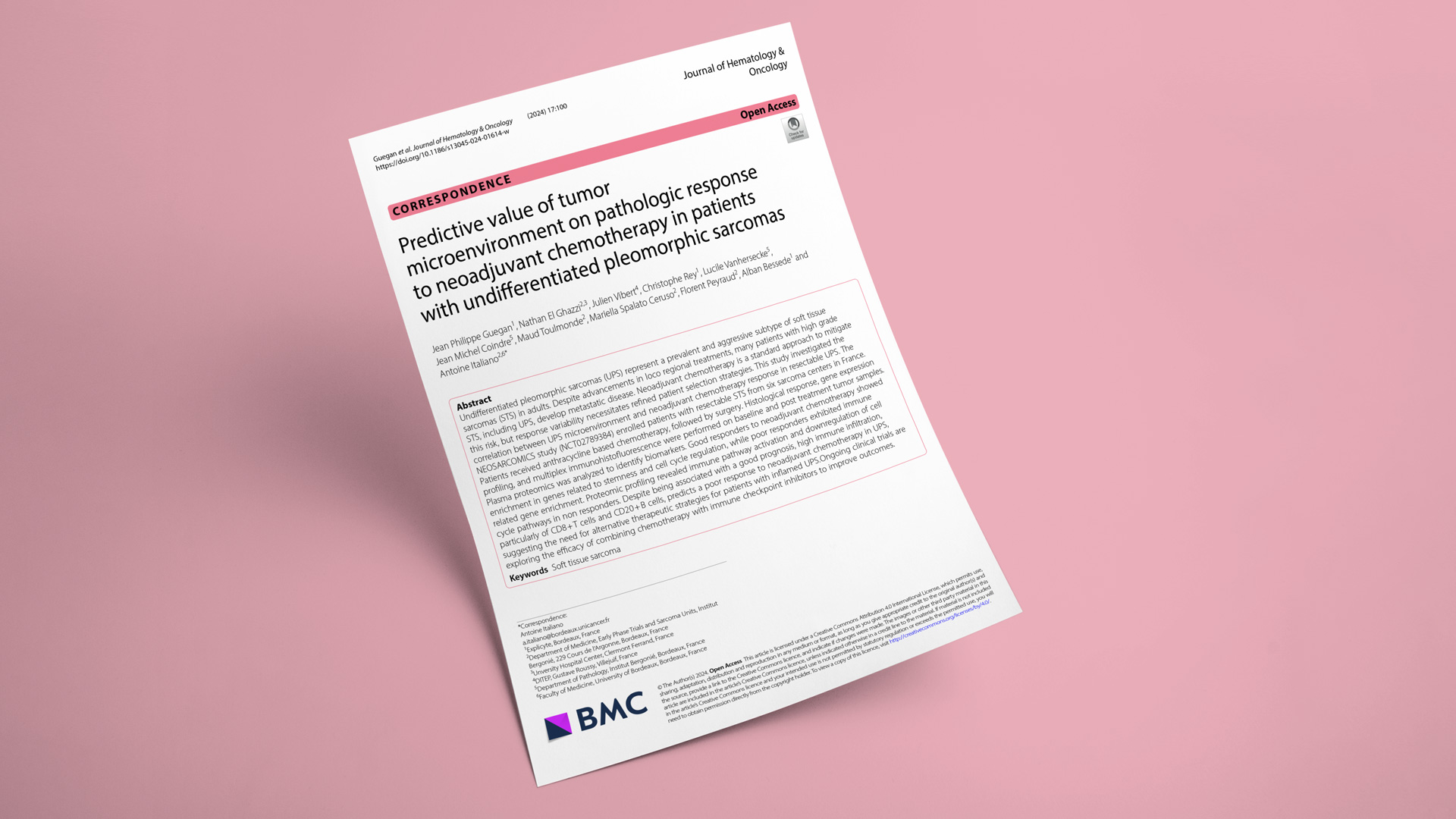We're glad to announce the publication of an immunology paper led by our colleagues at ImmunoConcEpT (CNRS/Université de Bordeaux) in Science Advances: "Immune control of functional memory CD8 T cells in normal-appearing vitiligo skin."
Using single-cell and spatial transcriptomics profiling of vitiligo patient biopsies, the team demonstrates that similar CD8+ T-cell clusters infiltrate both lesional and non-lesional skin. The difference lies in the “regulatory layer”: normal-appearing skin is characterized by an enrichment in immune regulatory pathways (increased Treg infiltration and higher PD-1 expression on CD8+ T cells), consistent with tighter regulation of inflammation.
Building on the Phase 2 BARVIT trial (NCT04822584), which showed a clinical benefit of baricitinib combined with phototherapy for repigmentation, ImmunoConcEpT partnered with Explicyte to perform a paired pre/post immune profiling of skin biopsies using our automated multiplex IF workflow.
Our multiplex IF data support the proposed mechanism; after 9 months of treatment, non-lesional skin exhibits:
• reduced CD8+ T-cell infiltration
• increased PD-1 on CD8+ T cells and PD-L1 on dendritic cells
• an increased FOXP3+ / CD8+ T-cell ratio
Together, these results highlight the critical role of immune regulatory mechanisms to prevent inflammation & depigmentation in vitiligo.
Using single-cell and spatial transcriptomics profiling of vitiligo patient biopsies, the team demonstrates that similar CD8+ T-cell clusters infiltrate both lesional and non-lesional skin. The difference lies in the “regulatory layer”: normal-appearing skin is characterized by an enrichment in immune regulatory pathways (increased Treg infiltration and higher PD-1 expression on CD8+ T cells), consistent with tighter regulation of inflammation.
Building on the Phase 2 BARVIT trial (NCT04822584), which showed a clinical benefit of baricitinib combined with phototherapy for repigmentation, ImmunoConcEpT partnered with Explicyte to perform a paired pre/post immune profiling of skin biopsies using our automated multiplex IF workflow.
Our multiplex IF data support the proposed mechanism; after 9 months of treatment, non-lesional skin exhibits:
• reduced CD8+ T-cell infiltration
• increased PD-1 on CD8+ T cells and PD-L1 on dendritic cells
• an increased FOXP3+ / CD8+ T-cell ratio
Together, these results highlight the critical role of immune regulatory mechanisms to prevent inflammation & depigmentation in vitiligo.












